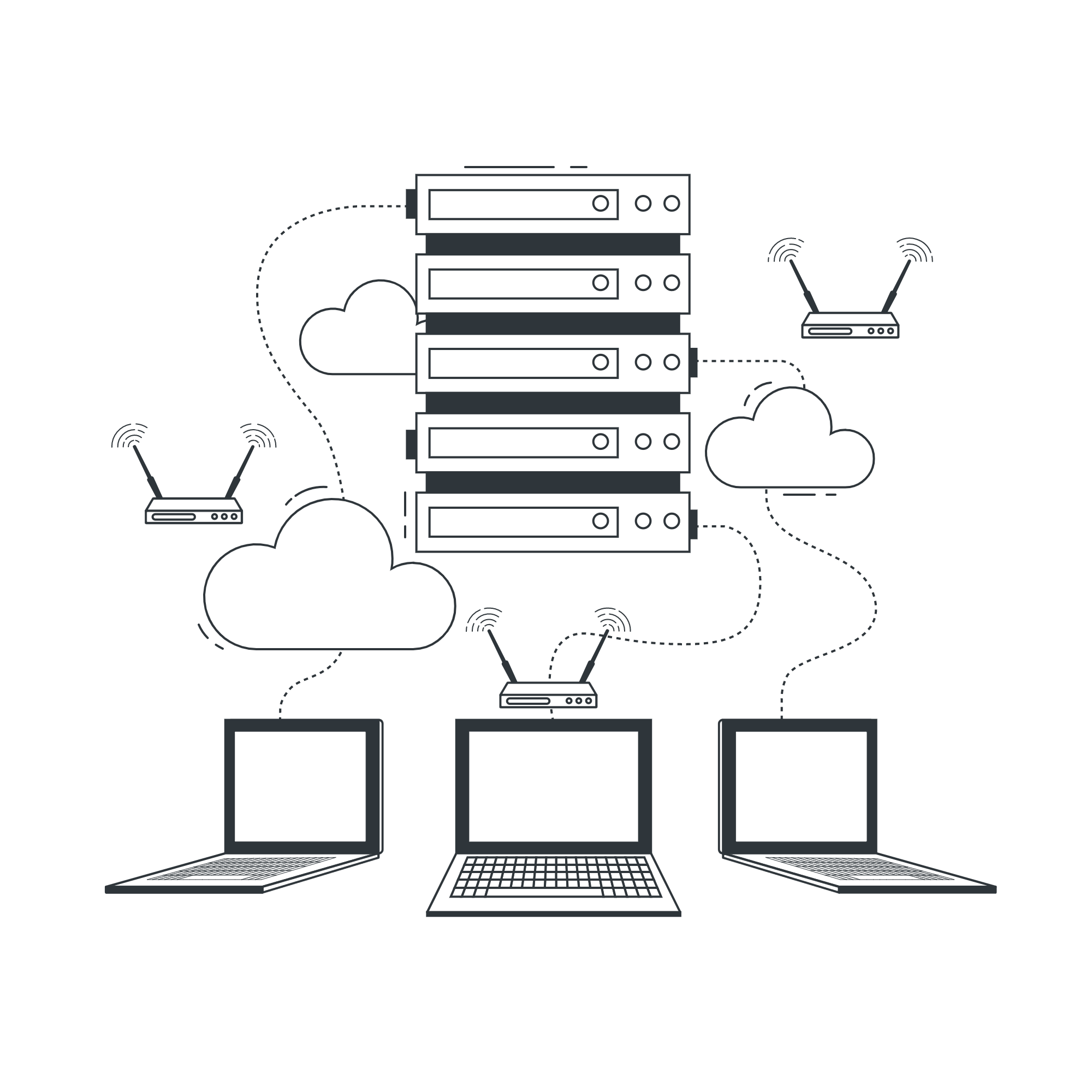Up to 1k API free calls per month
Backend in minutes
with simple blocks
Flexible lightening-fast nocode backend with simple drag-and-drop blocks. Supports authentication, SQL and NoSQL databases, Stripe payments and 3rd party APIs.
Video
Building an endpoint in 120 seconds


Build
Drag and drop your new backend API.
Use a few basic building blocks to build complex API endpoints. Connect to your MongoDB or Firestore database. Setup authorization with JSON web tokens, payments with Stripe, email with Nodemailer or SMS with Twilio.

Scale
No deployment is required. You are live!
There is no need for managing servers, version deployments, 3rd party libraries packages etc. The endpoints of the nocode backend are automatically live and can be called from your frontend right away. There is a Debug panel to test the endpoints for different Headers and Body parameters.


Data Ownership
100% control of your data
Data stored can be stored in MongoDB, Firestore or EasyDB. That means that you can view and edit your data from MongoDB compass or OpenBase or Firestore cloud dashboard. At the same time you can build any other app to connect to the database as you would if you were building with code.
Coming Soon: SQL support (Postgres & MySQL)

Express
HTTP

Jwt
Authentication

Stripe
Payments
MongoDB
Database
Integrations
Authentication, databases, payments and more.
Every endpoint requires a Request block for receiving the request and getting the HTTP headers, query params and body and one or more Reponse block for sending out data. There are the Bcrypt and Jwt blocks for json web token authentication, Stripe block for handling payments, a Code block that supports Javascript for more complex needs and database integrations such as MongoDB, Firestore, EasyDB integrations. SQL support (Postgres & MySQL) is coming soon.
Use Cases
Common uses and applications
Authentication
Store and verify user credentials with the Bcrypt block. Get user session with Jwt block.
Custom CMS
Use the MongoDB or Firestore block to query or update your database.
Payments
The Stripe block allows one-off charges and recurring payments through subscriptions.
API Aggregation
Fetch data from any 3rd-party API like Skyscanner and Yahoo Finance using with the Webhook block.
Reporting
Query data from your database and create useful reports with the MongoDB block.
Email / SMS / Push
Coming soon Send welcome messages with the Email block or the Push Notifications block or 2FA passcodes with the SMS block.

Build & Scale
Nocode backend in minutes
✓ Supports MongoDB, Firestore & EasyDB
✓ Allows for different enviroments such as dev, stag and prod
User Stories
Things our users say
It's just simple drag and drop and you build a backend which used to be the hardest bit about building software.
The dev team really likes how Diagram plays nice with our existing backend. We don’t use Diagram for everything but for things we do it's at least 90% easier.
It's sweet you can test product ideas that fast. My new favourite nocode stack is Webflow + Diagram + MongoDB. I call it WDM!
FAQ
Commonly asked questions
How is Diagram different from Google Firebase and AWS Amplify?
Both Firebase and Amplify are platforms that have their own managed database where they store data. Integrations with the database are hard and migrating out of these platforms is almost impossible. Diagram was built exactly to deal with this problem and provide be nocode backend platform that plays nicely popular database system such as MongoDB and Postgres.
Is data ownership the same as data privacy? What is it exactly?
It means that we don't host your data. Instead you can connect your databases to Diagram directly. It also means that you can backup them, query them with other backend tools, use reporting software and safely delete them if you need to without dealing with Diagram.
What is the latency of the API calls? Can it scale to handle 1k reqs/sec?
Diagram evaluation algorithm has minimal footprint and does not affect the endpoint response time in a noticible way. Diagram lies on Google Cloud Run which is a serverless technology and scales accordingly to the demand. Sometimes our container goes cold and the waking request will need 3-5 seconds to start.
How does it comparing with automation tools like Zapier, IFTTT and Integromat?
Diagram core engine makes it more than an automation tool. It is focused on the endpoint evaluation speed to replace an API built in NodeJS or Python. Yet, this doesn't mean that you shouldn't use Diagram for integrations when you see fit.


